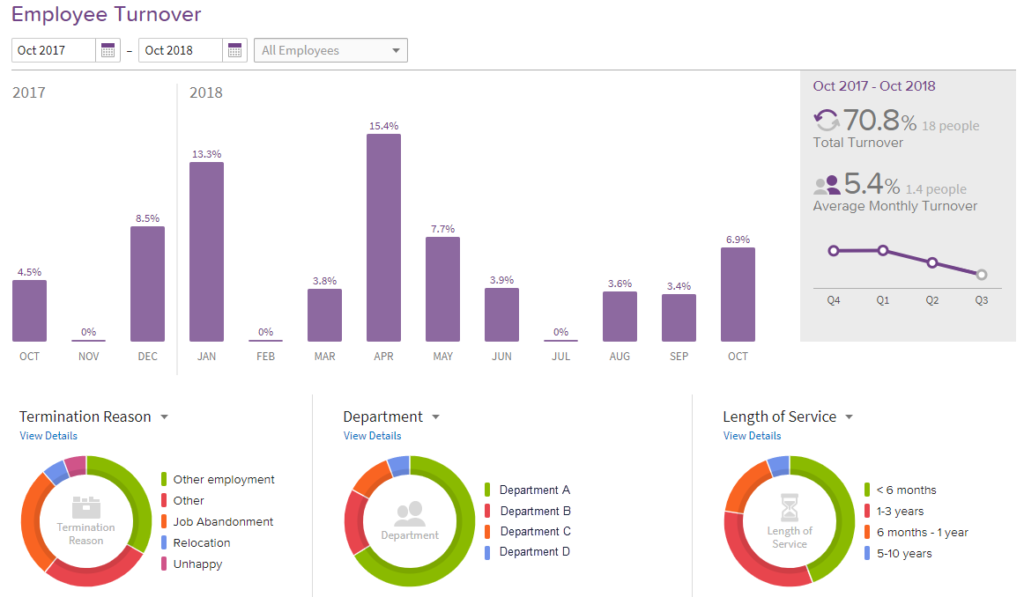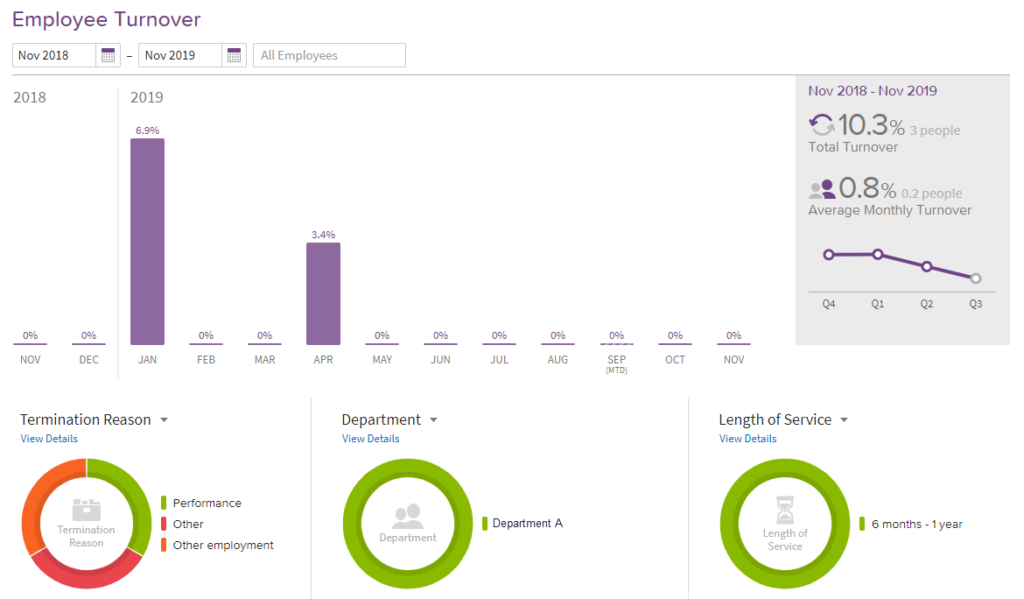Having clear and carefully considered goals is the key to any nonprofit’s success. Knowing what you’re working towards and how to measure your accomplishments is vital to ensuring you and your organization are on the right track toward meeting your objectives.
Strategic Goal Setting
A strategic goal is one that considers where your organization is headed and what needs to happen to get there. In many nonprofits, the executive director will work with the board to determine what the organization’s strategic goals are as part of annual planning.
However, in order to make sure your goals are serving the organization’s long term vision, you and your board need to look beyond the next 12 months. Strong strategic planning should be taking the next three and five years into account as well in order to ensure your organization is always moving forward.
Make SMARTer goals
A SMART goal is a strong goal. Creating goals using the SMART method is one of the best ways to set your organization up for success. The acronym SMART stands for:
- Specific – your goal is clear and well defined
- Measurable – you’ve established some means of measuring your progress
- Achievable – you’ve set goals that are possible to attain
- Realistic – your goal takes the limitations of your resources and circumstances into account
- Timely – there is a timeline or deadline on when your goal should be met
As an example, let’s say your organization has started in one location but has plans to expand:
- Regular goal: We want to expand across the country.
- SMART goal: We will expand to three new regions within the next five years.
By making sure your organization’s goals follow the SMART method, you’ll be establish valuable parameters that will help you and your organization focus on what matters. SMART goals are easier to accomplish because everyone involved will know exactly what is expected and when they’ll need to have the goals accomplished by, with the confidence of knowing they haven’t been set up to fail by unreasonable goal setting.
Measuring Strategic Goals
Once your organization has set some strategic goals, you’ll want to have a way to measure your progress toward achieving them. There are two ways to gauge the progress you’re making toward your goals: key strategic indicators (KSI) and key performance indicators (KPI).
- KSI = how well you’re achieving your strategic goals
- KPI = how well you’re completing your objectives
Let’s use the same example organization from above to break out what that could look like:
- Strategic goal: We will expand to three new regions within the next five years.
- KSI: number of regions the organization had expanded to
- KPI: number of clients per region, or how many relationships the organization has built with other organizations that could help with their mission
Goals and KPIs for all nonprofits
While the goals of your organization will be unique to your mandate and mission, there are some goals and key performance indicators that are universal to many nonprofits. At Trestle, we recommend putting them into buckets:
- Financial: This bucket could include goals related to reserve targets and liquidity that ensure your organization is ready to respond to unexpected disasters or deal with liabilities.
- Impact: This bucket would include goals related to how well your organization is fulfilling its mission through its programming.
- People: This bucket covers goals related to organizational health and HR needs. Consider goals related to turnover rates, percentage of vacation hours used, and benefits.
- Board: Goals aren’t just for the people on the ground in an organization! One consideration for this bucket would be creating a KPI around board participation and attendance.
Nonprofit goal setting best practices
- While the board and executive director are responsible for setting an organization’s goals, there are times in which they may not be responsible for actually achieving them. To help ensure that all members of the organization are clear as to what their responsibilities are, it may be helpful to create a Responsibility Assignment Matrix or RACI chart. The acronym RACI stands for:
- Responsible – who is actually responsible for performing the work. One or more people can be responsible.
- Accountable – who will be held accountable to ensure that the goal is completed. Usually, only one person is accountable. In smaller organizations, it is common for the accountable party to also be the responsible party.
- Consulted – who will be consulted, prior to a final decision or action. This is designed to be a two-way communication between the consulting party and the accountable party.
- Inform – who needs to be informed after a decision is taken. This is designed to be a one-way communication from the accountable party.

- Staff should have input in the goal setting process. The people on the ground have a clear sense of what works well in practice, and therefore can provide valuable insight. Plus, having staff on the same page will help inspire uptake and accountability.
- The board should be in the practice of checking-in on the progress of goals at every meeting. Make it a standing priority on every agenda to ensure it gets done, and use the discussion to determine if any adjustments need to be made.
- A goal is a lot like a budget; both are living documents that need to be updated and adjusted regularly. Your organization shouldn’t feel beholden to goals that no longer serve your mission. If something isn’t working, or is no longer relevant, adjust accordingly, rather than continuing to pour resources into the wrong avenues.
Strategic goal setting in action: a case study
A year and a half ago, one of our clients—an assessment and referral center for at-risk youth—was holding their strategic planning session when they made a valuable discovery. Staff in attendance identified that it was challenging to retain employees long-term. Through discussion, it was identified that the stressful nature of dealing with at-risk youth combined with concerns over pay could be contributing factors to the client’s high turnover rate.
In order to address concerns over pay equity, the board of directors decided to set a new strategic objective: To develop and implement a compensation philosophy and strategy by December 31st. To achieve this goal, the board of directors created a compensation sub-committee who was accountable for ensuring the new strategic objective was completed. The compensation sub-committee leaned on us at Trestle to be responsible for performing the work of drafting a compensation strategy and presenting our findings back to the committee.
With a clear picture of what needed to be accomplished, we at Trestle stepped in to help. We worked with the Executive Director and compensation sub committee to draft a compensation strategy that was clear, equitable, and easy to update as market factors changed. Once the final draft of the compensation strategy and philosophy was complete, the compensation sub committee presented their plan to the full board of directors for approval. We at Trestle, also assisted the full board by analyzing the financial impact that changes to the organization’s proposed compensation strategy would have.
After the new compensation strategy and philosophy was approved by the full board of directors, we created a simple visual to track employee turnover and integrated it onto the organization’s monthly financial dashboard. This allowed the board to easily track the impact of their strategic objective on employee turnover.
Here’s an example of what a RACI chart could look like in the context of this case study:

Through this process, the client also saw the opportunity to make cultural changes. In the end, it was a team effort to reset the key strategic objective, and the process led to a decrease in turnover from 70% in the year prior to implementation down to 10% in the year following implementation.
Graph showing turnover in the year prior to implementation:

Graph showing turnover in the year after implementation:

Trestle is here to help
Creating strong goals with clear measurement indicators will go a long way toward ensuring your nonprofit organization is successful in its mission. If you and your board needs help with setting goals that are as SMART as they are strategic, give us a call.
